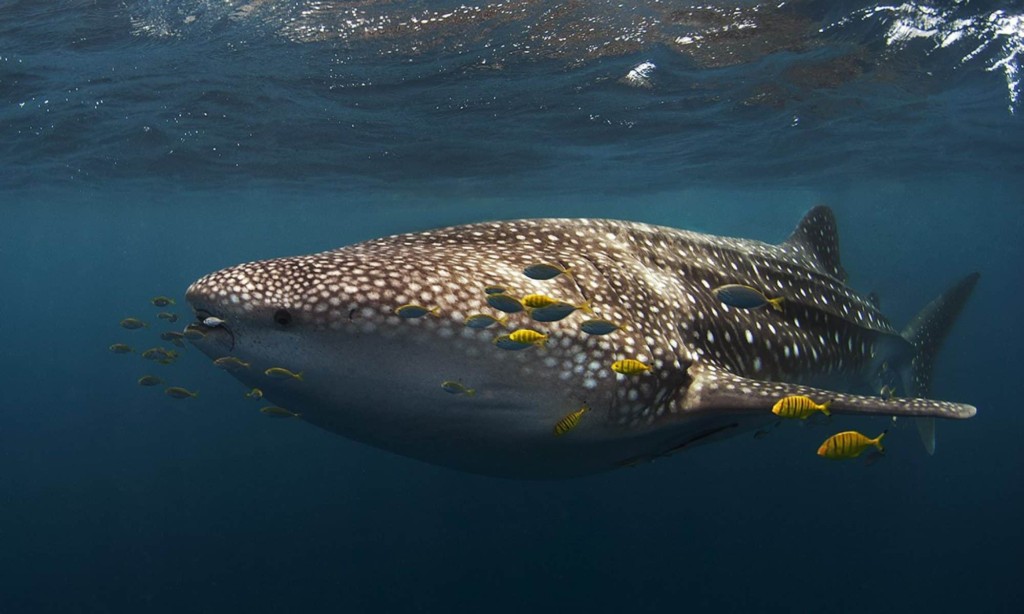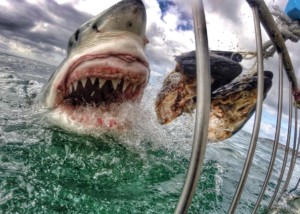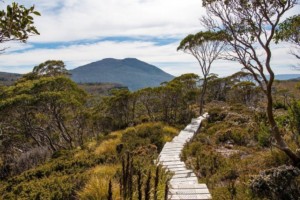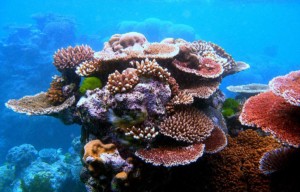Whale shark tracking shows upside for Ningaloo ecotourism industry

By emphasising the potential for an economic activity, the Phys.org story is a refreshing hint at how an environmentalist cause can ally with science and the tourism industry.
Reynolds and her fellow whale shark researchers from the University of Queensland (UQ) and the WA-based ECOCEAN have tracked and recorded a full migration of whale sharks to and from Ningaloo Reef.
Reynolds said: “Our tagged whale sharks were tracked returning to Ningaloo Reef throughout the year, and our modelling suggests that it provides suitable habitat for them year-round […] Whale shark season at Ningaloo could last all year.”
“This is valuable information for the ecotourism industry and could provide a boon for the local Ningaloo economy,” she added.
“It’s also vital information for the long-term management and conservation of whale sharks. They are an endangered species. We need to know which areas are critical habitat for them, so we can protect them into the future.”
At 260 kilometres long, Ningaloo Reef is Australia’s largest “fringing” coral reef. Fringing reefs lie close to shore with either a shallow lagoon or no lagoon at all separating it from dry land.
The more famous Great Barrier Reef on Australia’s east coast is a “barrier” reef. The Ningaloo Coast, which is located approximately 1,200 kilometres north of Perth, is a UNESCO World Heritage Site listed in 2011.
Extensive satellite tracking of whale sharks by UQ and ECOCEAN has identified other areas along the Western Australia coast, the Timor Sea, and in Indonesian and international waters that could be important whale shark habitat.
Much of that area is not protected at all according to Reynolds, who added: “Our study highlights the need for international co-operation for the protection of whale sharks.”
ECOCEAN & whale sharks
ECOCEAN is a non-government, not-for-profit organisation based in WA working towards scientific research, education and conservation of the marine environment.
Its “flagship species” is the whale shark (Rhincodon typus), which is “not only the largest fish in the sea, [but also] the largest non-cetacean animal in the world, reaching up to 20m and weighing over 20 tonnes. The name “whale shark” comes from the fish’s morphology, being as large as many whales and also a filter feeder like many whale species, even though it is a fish, not a mammal.”
Sources: Full news story at Phys.org. Ningaloo basics from Wikipedia. Whale shark basics from ECOCEAN.
Featured image: A whale shark cruises off the Ningaloo Coast. Source: ECOCEAN.
Related posts





